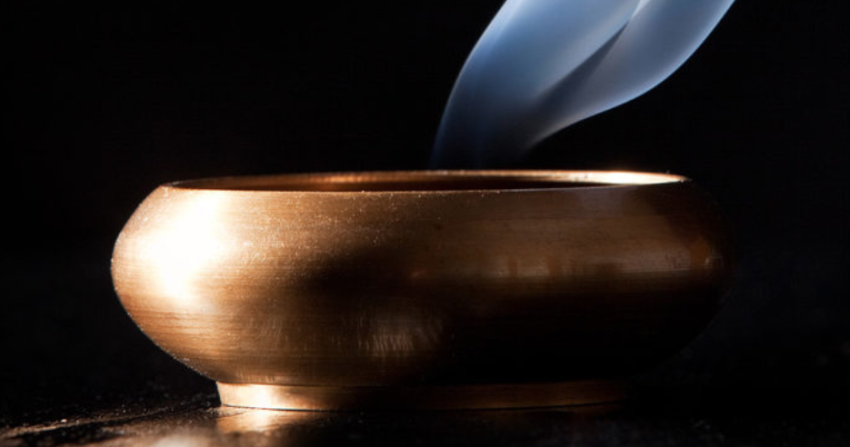Kyara, Rakoku, Manaban, Manaka, Sumotara, Sasora… I heard the names being repeated as I arrived.
Armed with an address and a pair of socks I headed to my destination on the fifth floor of a building in Ginza. The lift doors opened and there before me was a spectacle — an elderly Japanese man perfectly dressed in a dark suit stood behind our master of ceremonies — a beautiful middle-aged kimono-clad woman seated at one end of a long table with 12 guests accompanying her. The solemnity of the occasion made me wonder, for an instant, if I was at a funeral. I bowed, removed my shoes and joined them at the only empty place next to my husband who, in an endeavor to research all things Japanese, had booked this surprise for me. I wished he’d given me a little more detail.
What he had in fact given me was an invitation to the world of Japanese traditional incense.
The way of incense
The history of Japanese refinement arts dates back centuries. Sado (茶道) is the art of tea ceremony, which pursues a spiritual theme and seeks to bring the ceremony to the act of drinking tea. Kado (華道), or “way of flowers” and better known as ikebana — has raised flower arranging to an art form, a tradition dating back to the 7th Century where floral offerings were made at altars and later taken to the home.
And then there is Kodo (香道), the art of incense appreciation, or the “way of scent.”
According to a legend, a log of incense wood drifted ashore on Awaji Island in the third year of Empress Suiko’s reign (595 CE). People who found the incense wood noticed how good it smelled when near fire. With Japan at the eastern end of the Silk Road, incense began to arrive from China and Korea. It is said that even samurai warriors would prepare for battle by purifying their minds and bodies with incense.
In Japan, kodo dates back more than one thousand years when nobles in the Imperial Court would find poetic inspiration in “listening to the fragrance” of aromatic woods. This term was used to describe the pleasure and inspiration derived from breathing in scents of fine incense like one might enjoy fine wines or music.
We were at a koseki (香席) the place where kodo is practiced. To be even more precise, we were trying kumiko (組香) – a key feature in kodo, an incense-grouping game where we were given the challenging task of identifying the subtle difference in the delicate aromas.
Click here to read more.
- External Link
- https://savvytokyo.com/
 Take our user survey and make your voice heard.
Take our user survey and make your voice heard.















No Comment
Login to comment